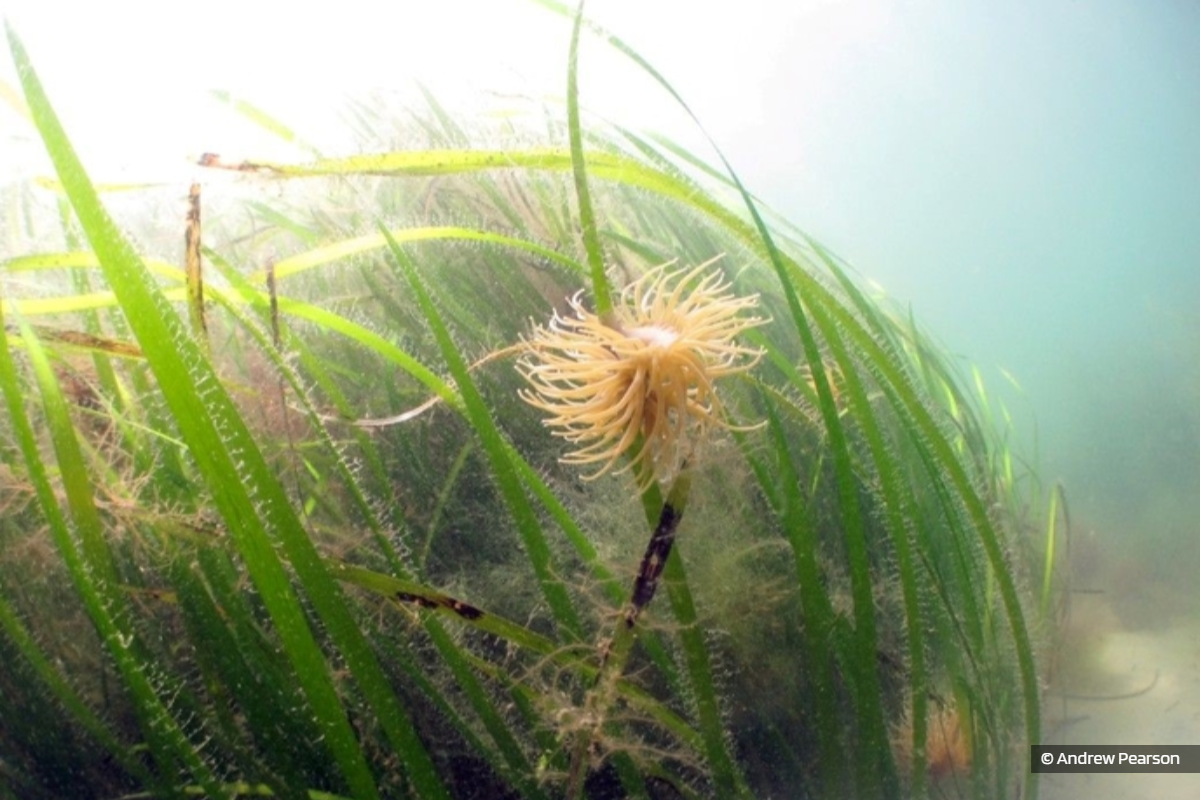
Charities urge stronger protection for the North Sea as a landmark reports reveal amount of carbon stored in UK seabed habitats for the first time.
A new series of reports – The Blue Carbon Mapping Project – have provided the first estimate of carbon stored in UK seabed habitats, including in Marine Protected Areas (MPAs).
37.4 million tonnes of organic carbon are stored in just the top 10cm of seabed sediments, principally made of mud, in the North Sea, plus coastal habitats including saltmarshes and seagrass beds.
A new series of reports published today by a coalition of nature charities means the UK is the first nation to map and estimate the amount of carbon stored in its seabed habitats, including in Marine Protected Areas (MPAs).
The report is part of The Blue Carbon Mapping Project, completed by the Scottish Association for Marine Science (SAMS) on behalf of WWF-UK, The Wildlife Trusts and the RSPB. The series of reports mean the UK is the first nation to map and estimate the amount of carbon stored in its seabed habitats, including within Marine Protected Areas (MPAs).
The report reveals that 37.4 million tonnes of organic carbon are stored in just the top 10cm of seabed sediments – principally made of mud – in the North Sea.
The North Sea covers 114,000 square kilometres. This vast area is host to habitats that capture and store carbon, known as ‘blue carbon’. They include seabed sediments (made of mud, silt and sand), vegetated habitats (seagrass meadows, saltmarshes, kelp forests and intertidal seaweeds), maerl beds and biogenic reefs, such as mussel beds and honeycomb worm reefs.
Carbon is primarily absorbed by phytoplankton, which drift to the bottom of the sea when they die and are added to seabed sediment. The research analysed the storage capacity of just the top 10cm of sediment. Some sediments are hundreds of metres thick and contain millennia’s worth of carbon, so the total carbon stored will be far greater.
The Blue Carbon Mapping Project highlights how physical disturbances to the seabed, including from human activity such as bottom trawling, as well as moorings and offshore developments, pose threats to blue carbon stores. Disturbing seabed habitats can release large amounts of carbon into the atmosphere, worsening climate change.
WWF, The Wildlife Trusts, and the RSPB are calling on governments across the UK to strengthen protections for valuable blue carbon stores – including in MPAs – by minimising the impacts of human activities on the seabed. Most MPAs were not designated to protect blue carbon, and failing to protect these areas from disturbance could threaten climate and biodiversity goals – including net-zero and protecting 30% of seas by 2030.
Bex Lynam, Marine Advocacy Manager for the North Seas Wildlife Trusts, said,
“These world-first reports reveal the enormous value of UK seas, including the North Sea. For the first time we are able to fully appreciate the importance of our huge variety of habitat types for carbon storage and sequestration, particularly those unseen beneath the waves like sand and mud, which are often overlooked and yet store 98% of our sequestered organic carbon in the North Sea.
“The North Seas Wildlife Trusts already work closely together as part of wider conservation efforts to restore seagrass and saltmarsh habitats, influence policy-makers to designate and manage Marine Protected Areas effectively, and work with relevant bodies to influence fisheries management and developments at sea so they’re undertaken sustainably.
“This research gives the UK an opportunity to lead the world in protecting blue carbon and marine biodiversity, and we hope that policymakers will use this report to recognise the value of blue carbon and work to minimise the impact of human activities on the seabed and on our precious marine habitats, especially in protected areas.”
Tom Brook, blue carbon specialist at WWF-UK, says:
“This project reveals how critical our seas are in regulating the climate and underscores the urgent need to protect and restore our seabed habitats. While saltmarshes and kelp forests punch above their weight in terms of capturing carbon, the mud really is the star here – accumulating and storing vast amounts on the seabed. But we need to make sure it goes undisturbed for it to fulfil this critical function by preventing harmful activities such as bottom trawling, starting with our Marine Protected Areas.”
Kirsten Carter, head of UK marine policy at the RSPB, says:
“Accelerating efforts on land to tackle the nature and climate emergency is critical, but we must not underestimate the role of UK seas. This report is a gamechanger for our knowledge of the marine environment and a huge asset for decision-makers. Now we need them to act on its findings. To meet net zero and stop biodiversity decline we must work with nature, not against it. This means restoring habitats, properly planning offshore development, and investing in protected areas to safeguard wildlife and keep blue carbon locked up.”
Professor Mike Burrows, Scottish Association for Marine Science, says:
“Understanding how much and where our marine carbon is stored is vital for guiding efforts to maintain and protect the capacity of coastal and seabed habitats to continue to serve this function.
Saltmarshes and seagrass beds are significant carbon storage hotspots, while kelp beds and especially phytoplankton contribute large amounts of organic carbon annually. However, the exact fraction of this carbon that is stored in sediments remains uncertain. By consolidating various information sources, we have gained valuable insights into our coastal seabed. This process has also highlighted significant gaps in our knowledge regarding the rates of carbon accumulation in sediments.”
The report authors say that the organic carbon figures should not be converted into carbon dioxide equivalent in this instance due to the complex interaction of atmospheric carbon and the ocean.
WWF, The Wildlife Trusts & RSPB call for:
Better management of MPAs
- Ensure that all MPAs are protected from destructive activities that damage blue carbon habitats and threaten marine life.
- Account for both carbon and biodiversity in designating new protected areas, to support ecosystem resilience and the role seas play in climate mitigation.
- Improved strategic planning of activities in UK seas
Consider blue carbon in UK marine plans, avoiding damaging activities in MPAs and other key areas for blue carbon and wildlife that are not protected.
- Minimise the impacts of fishing and developments by undertaking blue carbon impact assessments.
- Support a just transition for fishing industries away from activities that damage the seabed.
More investment and research on protecting blue carbon
- Allocate funding to restore habitats including seagrass beds and saltmarshes.
- Support research and monitoring of blue carbon dynamics.
- Add seagrass and saltmarsh to the Greenhouse Gas Registry to track and monitor emissions.



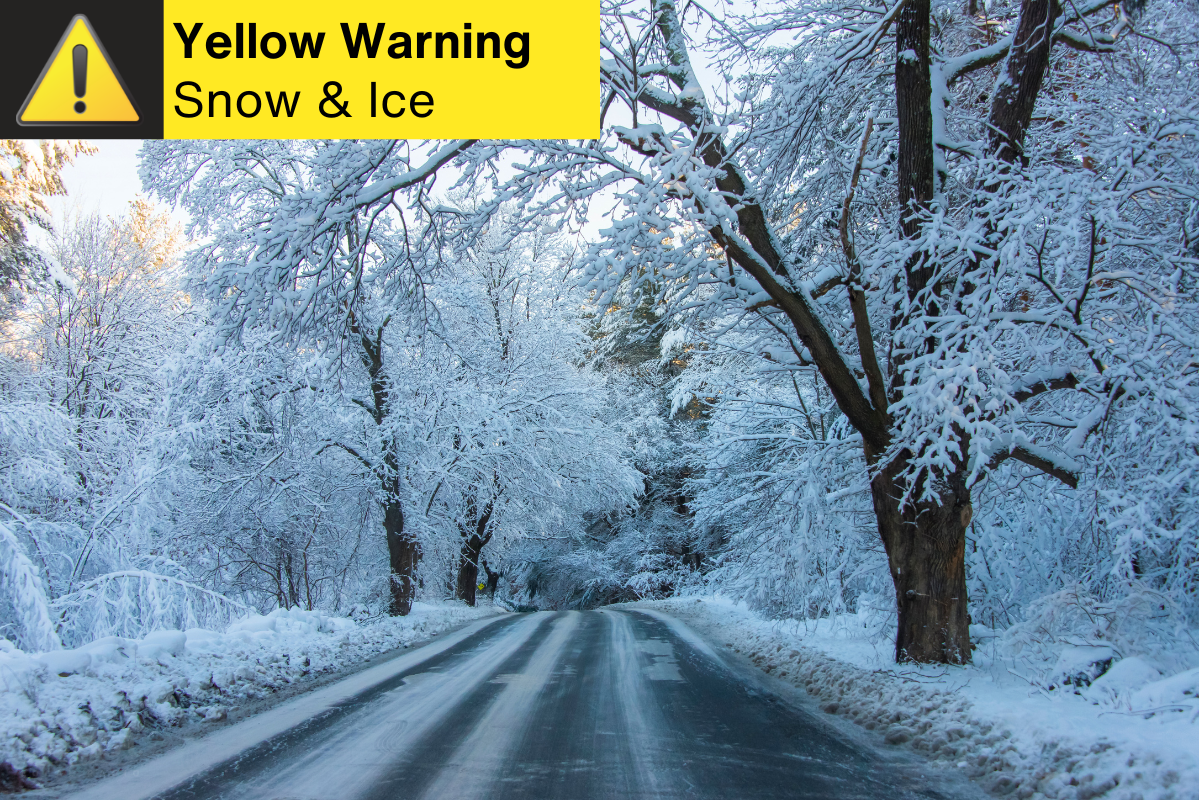 Wintry Conditions Grip Yorkshire Coast as Met Office Issues Multiple Weekend Weather Warnings
Wintry Conditions Grip Yorkshire Coast as Met Office Issues Multiple Weekend Weather Warnings
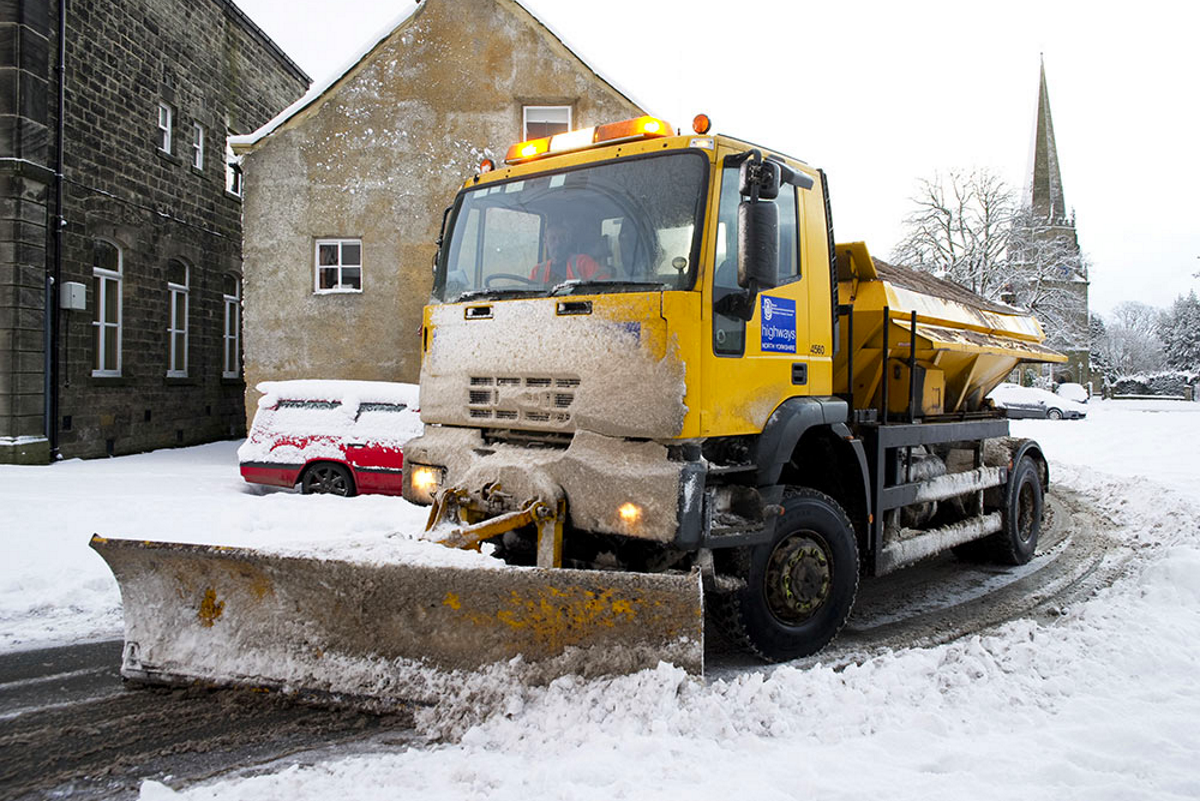 MP Meets with Council Over Yorkshire Coast Snow Response
MP Meets with Council Over Yorkshire Coast Snow Response
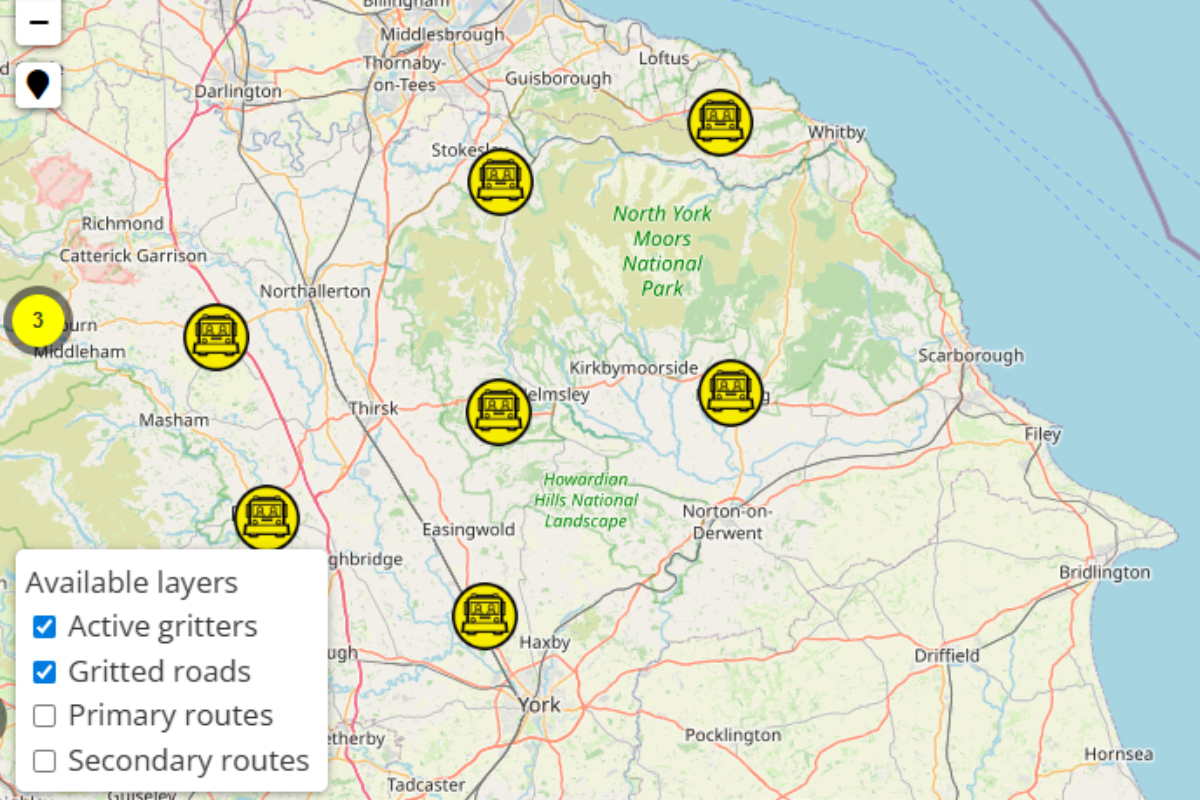 What Could be Better on a Cold Winter Night Than Tracking a Gritter?
What Could be Better on a Cold Winter Night Than Tracking a Gritter?
 Scarborough Athletic Set For First Home Clash of 2026
Scarborough Athletic Set For First Home Clash of 2026
 Whitby Town Want Workington Win To Kick Off New Year
Whitby Town Want Workington Win To Kick Off New Year
 Yorkshire Coast Rugby Returns
Yorkshire Coast Rugby Returns
 Olly Green Rejoins Bridlington Town on a Permanent Deal
Olly Green Rejoins Bridlington Town on a Permanent Deal
 Pickering Town's Wombwell Trip Postponed
Pickering Town's Wombwell Trip Postponed
 Scarborough Athletic Chairman Remains Resolute as Club Awaits Firm Date for Pitch Repairs
Scarborough Athletic Chairman Remains Resolute as Club Awaits Firm Date for Pitch Repairs
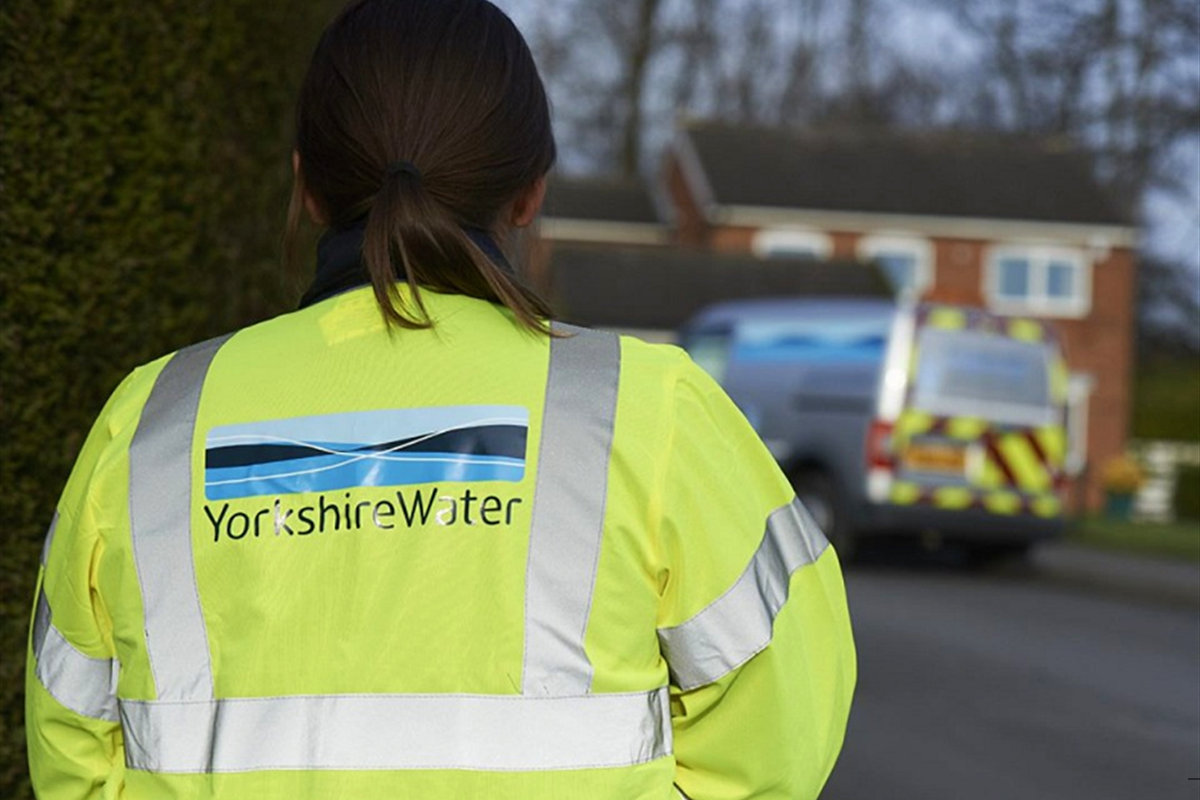 Concerns Over Pickering Sewerage
Concerns Over Pickering Sewerage
 Record Low Smoking Rates Among Pregnant Women across Humber and North Yorkshire
Record Low Smoking Rates Among Pregnant Women across Humber and North Yorkshire
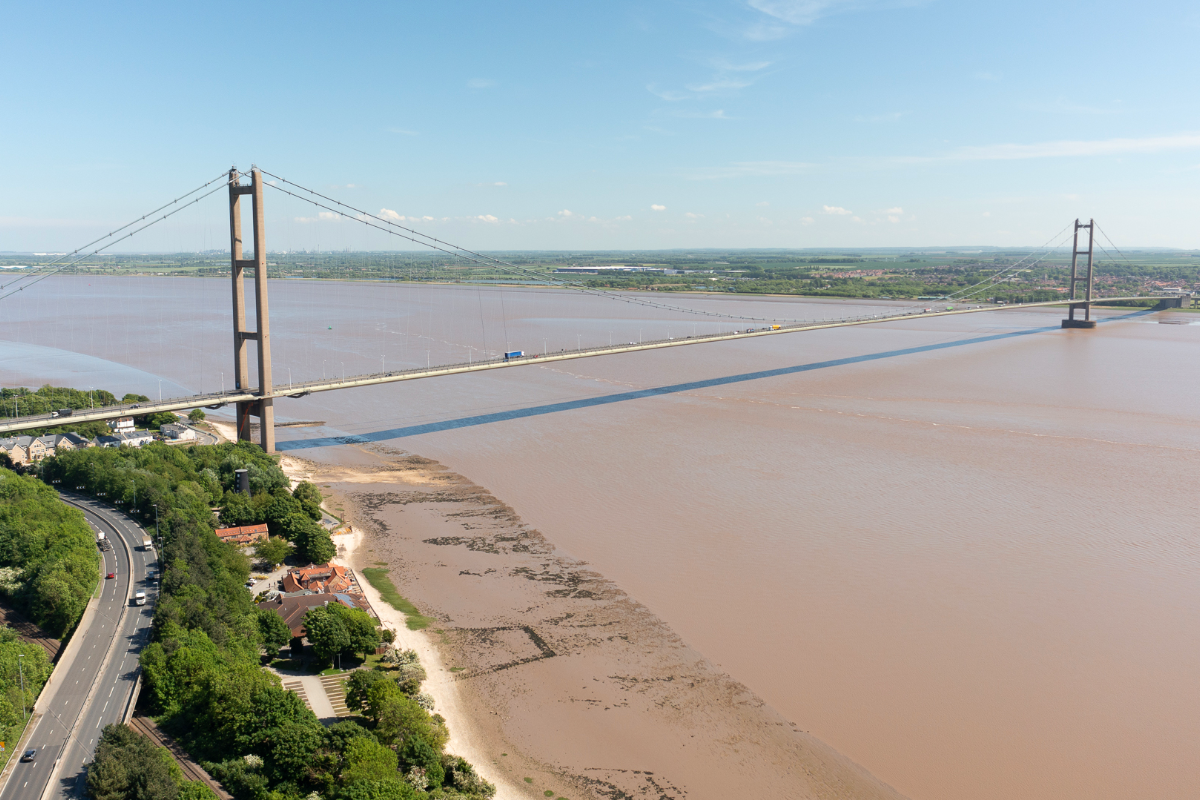 New Toll System for Humber Bridge
New Toll System for Humber Bridge









Comments
Add a comment